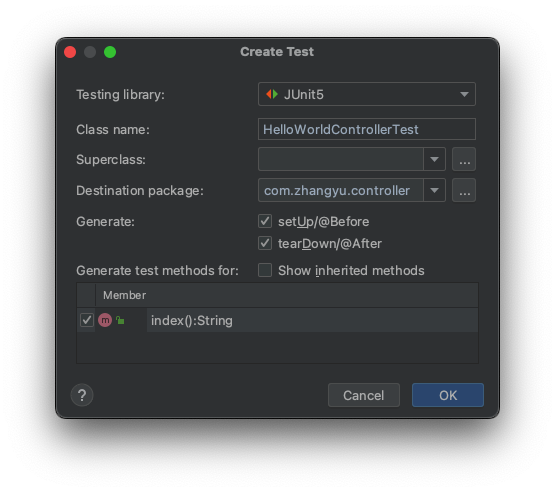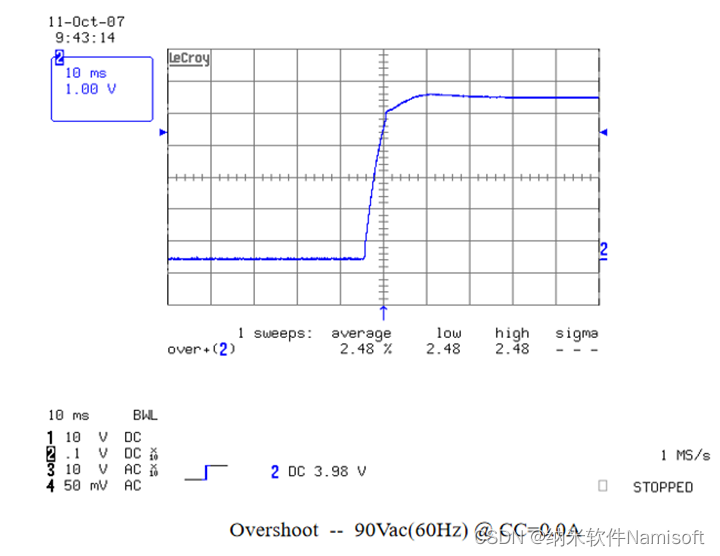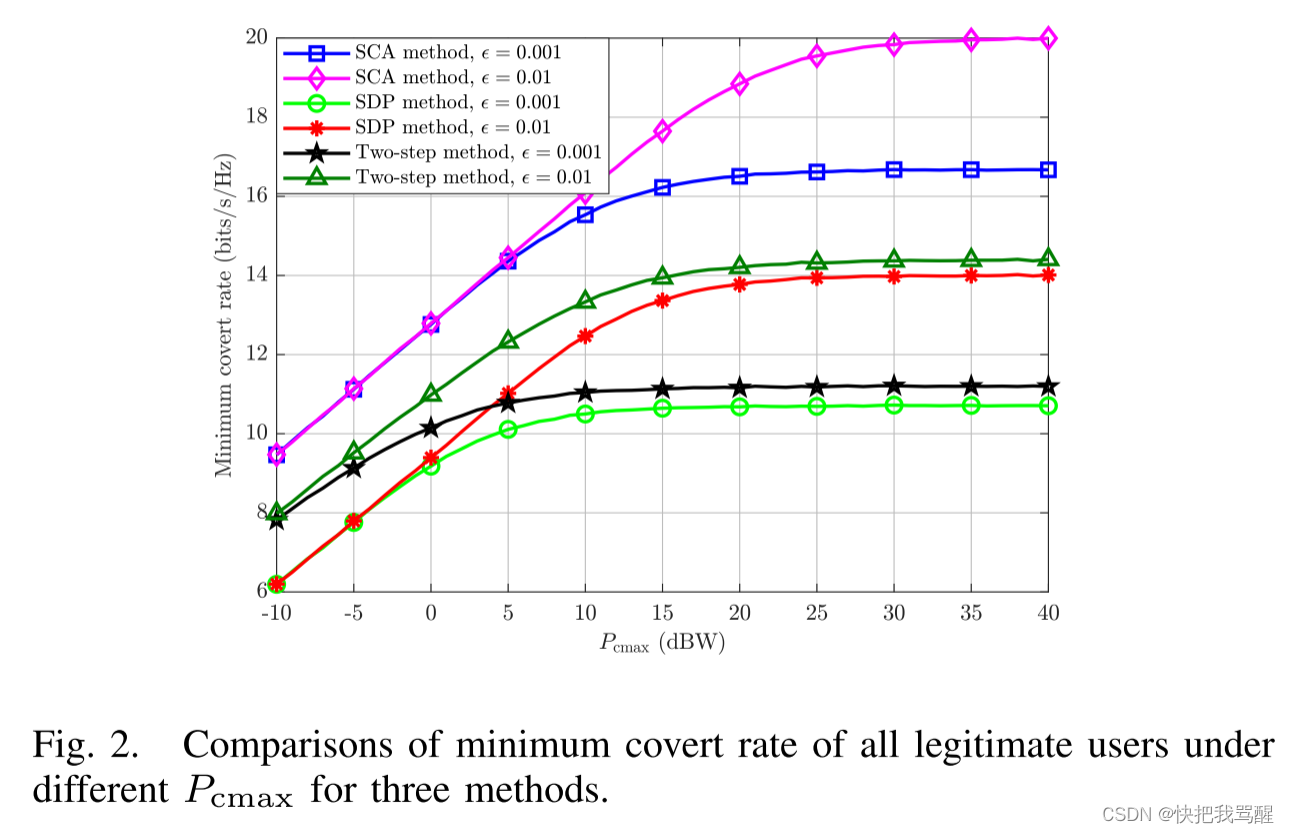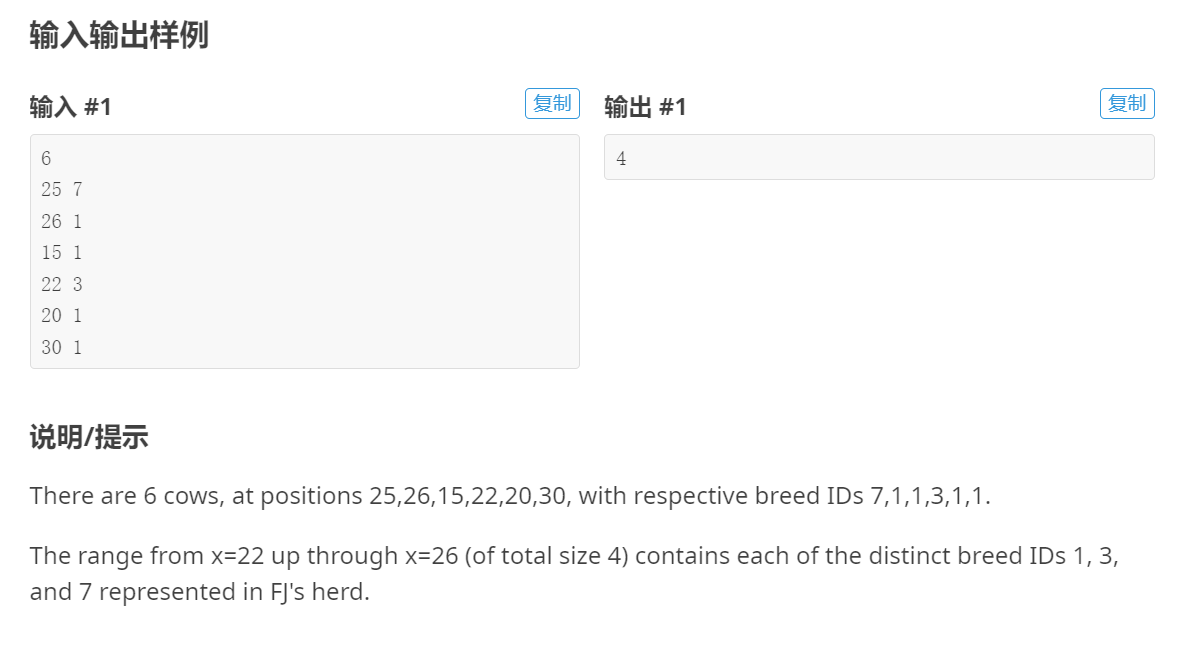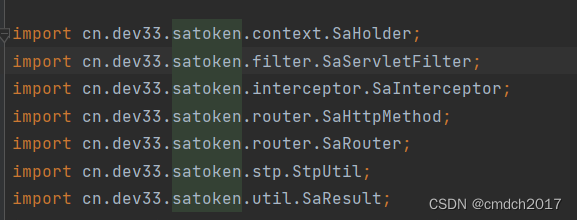欢迎关注更多精彩
关注我,学习常用算法与数据结构,一题多解,降维打击。
往期相关背景点击前往
题目大意
题目链接
https://www.luogu.com.cn/problem/UVA1475
在丛林里有n个瞭望塔,瞭望塔的保护范围就是一个凸n多边形,敌人进攻会炸毁一些瞭望塔,使总部暴露在剩下的瞭望塔围成的凸多边形之外,请你选择一个点作为总部,使得敌人要炸毁的瞭望塔尽量多。
解析
此题提到最多要多少个,首先想到枚举+验证的方式。
枚举可以利用二分优化,前提是要证明答案是具体有单调性,既如果炸x个塔不能摧毁防御,那么炸x-1个塔也不能摧毁防御。如果炸x个塔可以摧毁防御,那么炸x+1个塔也可以摧毁防御。
可以先尝试炸1个的情形。
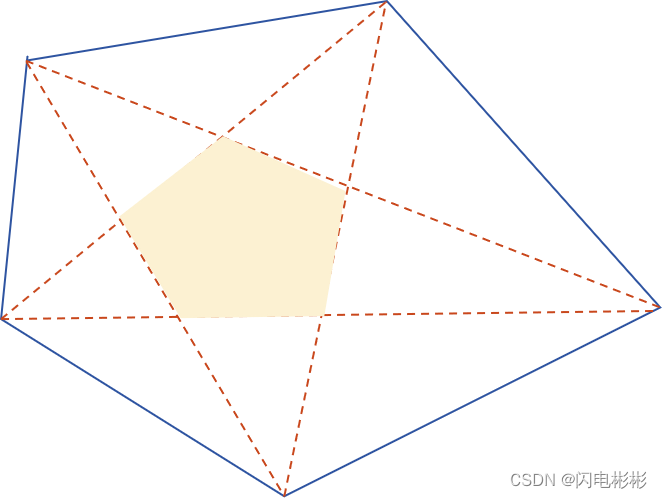
炸1个那么就是把剩下两个点连边。把所有点都炸1遍,可以看到最后有效防御区域是一个半平面求交凸多边形。上图中表示为黄色区域。
接下来看炸2个的情况。
炸两个有2种策略:
- 炸连续的两个塔
- 炸不连续的两个塔
先看炸不连续的情形,
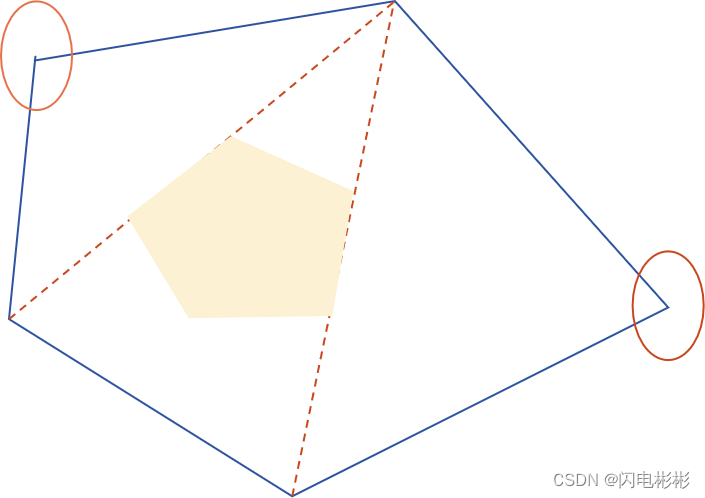
如果炸不连续的两个塔,则会退化成炸1个塔情形,并不是最优解。 从这里可以推断出,这个是一单调的问题。
看炸连续的两个塔,
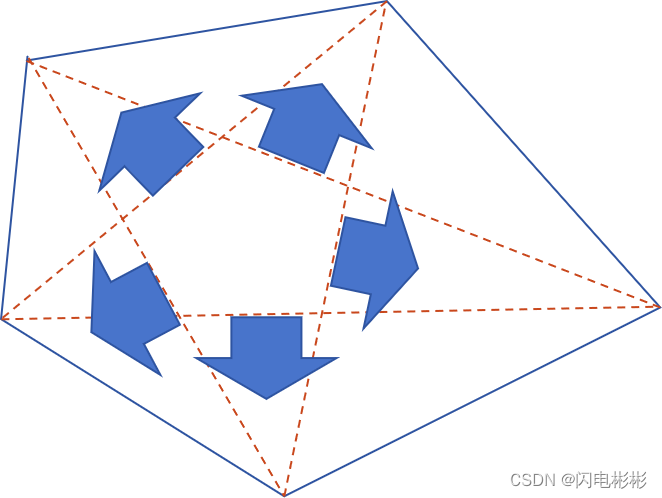
没有公共区域。
综上所述,如果连续炸掉x个塔,那么答案是关于x单调的。
可以通过二分枚举x, 再构建半平面求交验证的方法解决。
二分枚举点击前往
代码
#include<stdio.h>
#include<cmath>
#include <algorithm>
#include <vector>
#include <list>
#include <cstring>
#include <deque>
using namespace std;
const double EPS = 1e-7;
const int N = 1e5 + 10;
int cmp(double d) {
if (abs(d) < EPS)return 0;
if (d > 0)return 1;
return -1;
}
class Point {
public:
double x, y;
int id;
Point() {}
Point(double a, double b) :x(a), y(b) {}
Point(const Point& p) :x(p.x), y(p.y), id(p.id) {}
void in() {
scanf("%lf %lf", &x, &y);
}
void out() {
printf("%f %f\n", x, y);
}
double dis() {
return sqrt(x * x + y * y);
}
double dis2() {
return x * x + y * y;
}
Point operator -() const {
return Point(-x, -y);
}
Point operator -(const Point& p) const {
return Point(x - p.x, y - p.y);
}
Point operator +(const Point& p) const {
return Point(x + p.x, y + p.y);
}
Point operator *(double d)const {
return Point(x * d, y * d);
}
Point operator /(double d)const {
return Point(x / d, y / d);
}
void operator -=(Point& p) {
x -= p.x;
y -= p.y;
}
void operator +=(Point& p) {
x += p.x;
y += p.y;
}
void operator *=(double d) {
x *= d;
y *= d;
}
void operator /=(double d) {
this ->operator*= (1 / d);
}
bool operator<(const Point& a) const {
return x < a.x || (abs(x - a.x) < EPS && y < a.y);
}
bool operator==(const Point& a) const {
return abs(x - a.x) < EPS && abs(y - a.y) < EPS;
}
};
// 向量操作
double cross(const Point& a, const Point& b) {
return a.x * b.y - a.y * b.x;
}
double dot(const Point& a, const Point& b) {
return a.x * b.x + a.y * b.y;
}
class Line {
public:
Point front, tail;
double ang;
Line() {}
Line(const Point& a, const Point& b) :front(a), tail(b) {
ang = atan2(front.y - tail.y, front.x - tail.x);
}
};
int cmp(const Line& a, const Line& b) {
//auto ta = atan2(a.front.y - a.tail.y, a.front.x - a.tail.x);
//auto tb = atan2(b.front.y - b.tail.y, b.front.x - b.tail.x);
return cmp(a.ang - b.ang);
}
// 点在直线哪一边>0 左边,<0边
int SideJudge(const Line& a, const Point& b) {
return cmp(cross(a.front - a.tail, b - a.tail));
}
int LineSort(const Line& a, const Line& b) {
int c = cmp(a, b);
if (c)return c < 0;
return SideJudge(b, a.front) > 0;
}
/*
点p 到 p+r 表示线段1
点q 到 q+s 表示线段2
线段1 上1点用 p' = p+t*r (0<=t<=1)
线段2 上1点用 q' = q+u*s (0<=u<=1)
让两式相等求交点 p+t*r = q+u*s
两边都叉乘s
(p+t*r)Xs = (q+u*s)Xs
pXs + t*rXs = qXs
t = (q-p)Xs/(rXs)
同理,
u = (p-q)Xr/(sXr) -> u = (q-p)Xr/(rXs)
以下分4种情况:
1. 共线,sXr==0 && (q-p)Xr==0, 计算 (q-p)在r上的投影在r长度上的占比t0,
计算(q+s-p)在r上的投影在r长度上的占比t1,查看[t0, t1]是否与范围[0,1]有交集。
如果t0>t1, 则比较[t1, t0]是否与范围[0,1]有交集。
t0 = (q-p)*r/(r*r)
t1 = (q+s-p)*r/(r*r) = t0 + s · r / (r · r)
2. 平行sXr==0 && (q-p)Xr!=0
3. 0<=u<=1 && 0<=t<=1 有交点
4. 其他u, t不在0到范围内,没有交点。
*/
pair<double, double> intersection(const Point& q, const Point& s, const Point& p, const Point& r) {
// 计算 (q-p)Xr
auto qpr = cross(q - p, r);
auto qps = cross(q - p, s);
auto rXs = cross(r, s);
if (cmp(rXs) == 0)return { -1, -1 }; // 平行或共线
// 求解t, u
// t = (q-p)Xs/(rXs)
auto t = qps / rXs;
// u = (q-p)Xr/(rXs)
auto u = qpr / rXs;
return { u, t };
}
Point LineCross(const Line& a, const Line& b) {
Point dira = a.front - a.tail;
Point dirb = b.front - b.tail;
auto p = intersection(a.tail, dira, b.tail, dirb);
return a.tail + dira * p.first;
}
class HalfPlane {
public:
vector<Line> lines;
vector<int> q;
vector<Point> t;
int len;
HalfPlane() {
lines.resize(N);
q.resize(N);
t.resize(N);
}
void addLine(const Line& a) {
lines[len++]=a;
}
vector<Point> run() {
sort(lines.begin(), lines.begin()+len, LineSort);
int l = -1, r = 0;
q[0] = 0;
for (int i = 1; i < len; ++i) {
if (cmp(lines[i], lines[i - 1]) == 0)continue;
while (r - l > 1 && SideJudge(lines[i], t[r]) < 0)r--;
while (r - l > 1 && SideJudge(lines[i], t[l + 2]) < 0)l++;
q[++r] = i;
t[r] = LineCross(lines[q[r]], lines[q[r - 1]]);
}
while (r - l > 1 && SideJudge(lines[q[l + 1]], t[r]) < 0)r--;
t[r + 1] = LineCross(lines[q[l + 1]], lines[q[r]]);
r++;
// 统计交点
l++;
vector<Point> ans(r - l);
for (int i = 0; i < ans.size(); ++i) {
ans[i] = t[i + l + 1];
}
return ans;
}
};
Point oiPs[N*2];
HalfPlane hp;
bool boomJudge(int n, int k) {
hp.len = 0;
for (int i = 0; i < n; ++i) {
hp.addLine(Line(oiPs[i+k+1], oiPs[i]));
}
auto keyPoints = hp.run();
double ans = 0;
for (int i = 2; i < keyPoints.size(); ++i) {
ans += cross(keyPoints[i - 1] - keyPoints[0], keyPoints[i] - keyPoints[0]);
}
return cmp(ans/2) == 0;
}
void solve() {
int n;
while (scanf("%d", &n) ==1 &&n) {
int a, b;
for (int i = n - 1; i >= 0; --i) {
scanf("%d%d", &a, &b);
oiPs[i] = Point(a, b);
oiPs[i + n] = oiPs[i];
}
int l = 1, r = n-2;
while (l < r) {
int mid = (l + r) >> 1;
if (boomJudge(n, mid)) {
r = mid;
}
else {
l = mid + 1;
}
}
printf("%d\n", l);
}
}
int main() {
solve();
return 0;
}
/*
3
0 0
50 50
60 10
5
0 0
0 10
10 20
20 10
25 0
*/
本人码农,希望通过自己的分享,让大家更容易学懂计算机知识。创作不易,帮忙点击公众号的链接。



